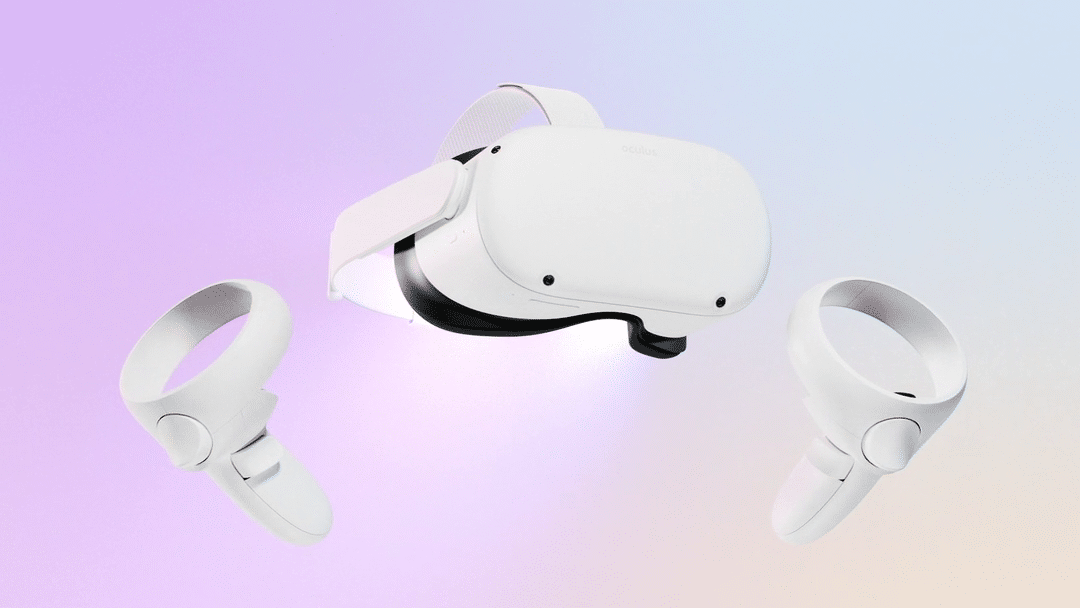Over the years, virtual reality has proven itself to be a valuable piece of technology for business applications. From being an effective training tool in the skills development sector to helping architects and designers communicate their design intent, VR has gone from a novelty “nice to have” to the technology used in everyday processes. However, one myth still continues to surround the technology: that getting started with VR is costly and demands a huge upfront cost.
Now, we don’t deny there are start-up costs you need to consider before diving in. But much of the “VR is unaffordable” narrative is mostly painted by the costs associated with tethered VR solutions. While we have previously taken a deep dive into the difference between mobile and tethered solutions, in summary, the cost of purchasing the headset plus a high-performance PC to support the headset is about double of what you would spend getting started with a mobile standalone option.
However, today we’re here to debunk this belief that VR is expensive and therefore not worth investing in. Since standalone VR headsets operate without a supporting PC, mobile is definitely an option many can afford and even get started with today. So, we will be breaking down the true cost of getting started and how you can budget for virtual reality at 3 different price points.

Budget #1 - Save Big
| Item | Price |
| Yulio Yearly Subscription | $600 |
| Homido Mini VR Goggles | $16.95 |
| CAD Plugin | Free |
| Rendering Engine (Yulio Jump) | Free |
| Total: | $616.95 |
For smaller firms or those just looking to dip their toes into VR, this option would be a great fit. The Homido Mini VR Goggles are one of the best VR accessories on the market that is effective, compact, and very affordable. Just one of the goggles is $17USD and can be stored easily in your carrier bag or even your pocket. To use the Homido Minis, all you have to do is snap the goggles out, slip them onto your smartphone, and line up the midpoint to the middle of your smartphone. Compared to the well-known Google Cardboards (which are also priced at the same range), we prefer the Homidos as they are light, compact, and allow you to see your client or team members face to read and better gauge their body language.
Plus, whether you’re a Yulio user or not, you can download our CAD Plugins for free that will transform your projects into VR-ready files in just a few clicks. However, if you’re looking to take your client presentations to the next level, get access to our extensive line of features plus Yulio Jump, our cloud-based rendering platform, that will render and enhance your projects to help you communicate with your clients faster with ease.

Budget #2 - High-Quality Presentations
| Item | Price |
| Yulio Yearly Subscription | $600 |
| Oculus Quest 2 | $316.94 |
| CAD Plugin | Free |
| Rendering Engine (Yulio Jump) | Free |
| Total: | $916.94 |
The next tier up if you have the budget to invest in a VR headset. While the Homido Minis are incredibly effective in projecting you, your team, and your clients into your project, investing in a VR headset like the Oculus Quest 2 allows you to take the immersive experience to the next level.
Due to the hooded design of the Quest, the headset blocks out more light and your surroundings so that all of your attention is directed to the loaded project. And since the Quest is able to mirror your movements within the virtual environment, you will truly feel like the environment you’re exploring in VR is happening in real life.
While the $300+ price tag might seem like a hefty price tag, compared to the tethered option, the standalone mobile headset is still the most affordable and less risky solution. Not only does it cut out the need for purchasing a supporting PC to run the headset, but all the sensors are already built into the headset, reducing the chance that someone could knock over and break the external sensors you will need to set up for a tethered headset.
.jpg?width=800&name=BUSINESS%20READY%20VR%208%20(1).jpg)
Budget #3 -All Out
| Item | Price |
| Yulio Yearly Subscription | $600 |
| Oculus Quest 2 | $316.94 |
| Homido Mini VR Goggles | $16.95 |
| CAD Plugin | Free |
| Rendering Engine (Yulio Jump) | Free |
| Total: | $933.89 |
And lastly, if you’re ready to go all out, invest in both the Oculus Quest 2 and Homido Minis. It isn’t a big jump to get the full gear which is why we encourage our users if you’re willing to make the investment with the Quest, it doesn’t hurt to purchase a few Homido Minis. Because Homidos are so affordable, they’re perfect to give to your clients before wrapping up your time together. Just as you would with pens, notepads, or water bottles, Homidos can easily be branded to include your company’s logo or a design of the specific event. Not only can your clients continue using their Homidos when viewing projects from their office or home office but giving them away allows your name to stay fresh in your client's minds wherever they are.
Mobile VR - VR Within Your Means
While the end price tag can definitely vary with the number of headsets or Homidos you would like to purchase, mobile is currently the most affordable option to get started with VR. Even with our “All Out” budget breakdown, completing one single project will be enough to cover most if not the whole cost of starting up. Plus, you get the extra advantage with the mobility it grants you, so you can always take VR with you wherever you go.
We hope this cost breakdown was helpful in shedding light on the true cost of what you would need to budget for virtual reality. So what are you waiting for?
Here at Yulio, we strive for excellence in performance and integrity when it comes to our product, and customer service. To try our program for yourself, sign up for our free 30-day trial (no strings attached). Check out our Whitepaper on the right way to integrate VR into your business for maximum ROI.
Original post from April 11, 2016.







